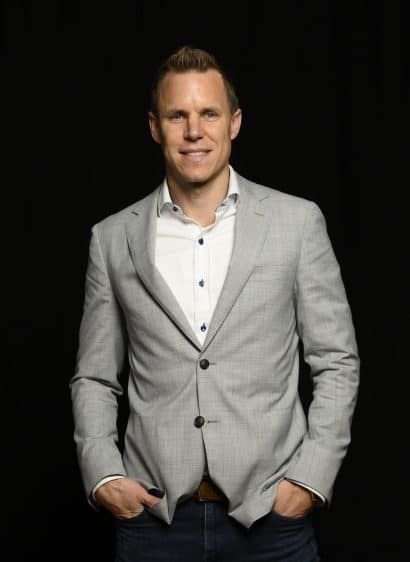At STAR, we know the market. So we know precisely what our clients and specialists need. Today, and perhaps more importantly, tomorrow. That’s why we play an active role in the energy transition. “All the new projects are about sustainability,” says Thomas Wester, Sales Director at STAR.
Bottleneck
STAR contributes in no small way to a green future. The majority of our projects revolve around the energy transition. “Basically, there are three important factors: sustainability, reduction of CO2 emissions and the switch to new sources of energy,” explains Thomas. “It’s the main concern of society as a whole, and we’re here to help. It’s a huge undertaking.”
New sources of energy require a lot of new infrastructure. “We’re transitioning from oil and gas to electricity and hydrogen, and although the technology is readily available, we face a bottleneck in terms of infrastructure. Both in the Netherlands and in Belgium. Fortunately, governments and businesses are investing heavily to solve this problem, and there are some amazing projects in the pipeline. One of the big challenges of the day, however, is a shortage of qualified technical staff. We’re here to do something about that.”
Specialists wanted
STAR is adopting a three-pronged approach to ensure that more people become available for this important work. “First of all, we attract people who already possess the requisite expertise,” says Thomas.
“Second, retrain and re-skill people. We’re familiar with the old world and the new, which means we can bridge the differences. If you have a traditional profile, then we can help you assimilate. Take specialists with a background in underground gas infrastructure, for instance. They’re perfect candidates to be trained to work on underground heat grids, and that’s what we do, we train them.”
“Since we work for all the big players, the most interesting projects are yours for the taking.”
“And third, we train young talent, encouraging people fresh out of school, college or university to launch their careers in the energy transition. We offer them traineeships to prepare them for the serious stuff, and since we work for all the big players, the most interesting projects are theirs for the taking the moment they’re ready.”
Exciting projects
What kind of projects are we talking about? Thomas gives us a couple of recent examples. “We work together closely with grid operators up and down the country to develop and roll out infrastructure that will enable everybody to drive electric cars, install solar panels on roofs and make the switch to heat pumps.
“Another: one of our clients has recently built a wastewater treatment street that purifies the wastewater from their factory before it is discharged. That’s sustainability, too. It was a terrific project, of which several of our specialists were very happy to be a part. Just like those involved, as we speak, in the construction of a bio jet fuel plant and several hydrogen plants.”
“Obviously, CO2 emissions reduction to zero is a major objective for many, but until it becomes broadly feasible, CO2 that is produced can be captured and stored. That’s what Gasunie, Shell and others are doing under the umbrella of the Porthos project. CO2 is transported through a huge gas pipeline from the Port of Rotterdam to old gas fields beneath the North Sea, where it is safely out of the way. We’re talking millions of tons a year!”
“STAR is also involved in Gasunie’s hydrogen backbone, the country’s first nationwide hydrogen network. There are all kinds of exciting projects like that going on; the energy transition is in full swing.”
Driving the energy transition
In short, the big players are all in on the action. “Many people mistakenly believe that the energy transition is being driven by innovative start-ups, but nothing could be further from the truth. The transition is taking shape because large, traditional companies are plotting a new course, which is accelerating the process significantly. They are the engine of the energy transition and we’re very pleased to work closely with them to make it happen.”
The endeavour does bring with it the need for more specialists. “It’s important to society as a whole that more people are educated and trained to do all this work,” concludes Thomas. “We’re determined to make a significant contribution in that respect. If you work with STAR, you’re working at the heart of the energy transition.”



